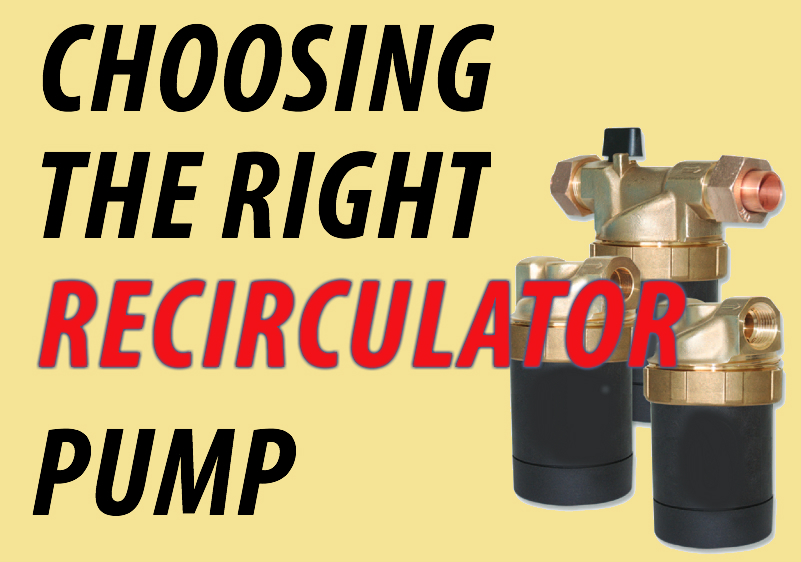-
The Art of Unclogging Your Toilet
June 21, 2018I think we’ve all been here before. You get invited to a friend’s house for dinner. It’ll be fun they said, except Jennifer didn’t tell you it was a burrito dinner party. An hour later it hits you. Suddenly you have to use the bathroom but you use the one upstairs because you know you’re going to be a while. Everything goes according to plan until uh oh, the water starts to rise. Luckily old Inspector Pumphead is here to walk you through this disaster so you know exactly what to do. The first and perhaps most important step is to not panic. After that, we want to stop the bowl from filling up. We don’t want that water spilling over the bowl and turning the bathroom into the world’s saddest pond. To do this, start by taking the lid off the tank. Next, close the toilet flapper. The flapper is the little rubber disk at the bottom of the tank, it releases water from the tank into the bowl. The water in the tank isn’t dirty so don’t fret about sticking your hand in there. Now it’s time to get out a plumber's best and most reliable friend, the handy plunger. Inspector Pumphead’s plunger is in a break glass in case of emergency case next to his toilet, but yours is hopefully close by. Having the right plunger is important. Funnel cup plungers work best as they have a flange on their rubber cup that creates the best seal between bowl and plunger. Now here’s an industry secret: run your plunger under hot water for a few minutes before use. This will soften up the rubber and create a better seal. Believe it or not there is a right way to plunge. Get a solid seal between your plunger and the exit hole of the toilet and start plunging. The pull back motion is just as important as the push-down. After a couple strokes with the plunger, it’s time to flush the toilet. If the water goes down and clears the bowl, congratulations! Your clog is solved. If not, you may have to repeat closing the flapper and plunging a couple more times until the clog is gone. If you don’t have a plunger handy (or are too embarrassed to ask for one), you can pour hot water and a few drops of soap or dishwasher detergent into the clogged toilet. Let these sit in the toilet for 20 minutes. The heat from the water may break up the clog and make plunging unnecessary or at least make plunging much easier. If the methods detailed above haven’t worked and this clog has become the bane of your existence, you can always use an auger. What’s an auger you might be asking An auger is a long, snaking cable that can reach down into the toilet. Augers should be available at your local hardware store. To use an auger, the cable end goes into the toilet and the other end has a crank attached that can extend the auger. The auger will either loosen the clog or hook onto it. If the auger hooks onto the clog, pull the clog out and discard. If none of this sounds like fun or if the clog is serious, you can always schedule an appointment with a plumber. If you have water backing up into your sinks and showers whenever you flush, this is a sign that your main line is clogged and this has become a job for a professional. Remember that cleaning your toilet regularly can help prevent clogs in the future and there is such a thing as toilet paper etiquette. I’m glad we could go on this journey together but next time tell Jennifer to just order a pizza. PumpProducts.com sales specialists are standing by to help you find the right pump or part, as well as to provide price quotes, stocking availability and shipping information. Call our toll free number 1-800-429-0800 to speak to an expert today.
-
Recirculator Pump Buyers Guide
February 14, 2014A hot water recirculating pump rushes warmed water through a piping system from a water heater, ensuring that hot water is always available at the consumption point, be it for a morning shower or evening dishes. Because they are made for use with potable water, recirculating pumps are made of lead-free, corrosion-resistant materials such as brass and stainless steel. Recirculating Pump Animation Video courtesy of Xylem Recirculators can be installed near a water heater or near a point of use fixture. They are available in timer-driven and "on-demand" designs. Dedicated Return Line Systems Water heater-based recirculator installations are generally found in buildings with dedicated return line systems where hot water pipes branch out from a main supply line to individual fixtures. This is a system common to new buildings. A recirculator pump can be sized for this type of system using the following formula: Water flow qc= Φ/ΔT x 4200 qc = the circulating water flow [m3/s] Φ = heat loss from the circulation system [kW] ΔT = the water cooling, normally 5°C determined at the farthest consumption point [°C]. Our team of application engineers is available to assist you in sizing a recirculating pump for your system. Point of Use Systems In buildings without dedicated hot water return lines, recirculator pumps can be installed at a point of use fixture, such as a kitchen or bathroom faucet, making hot water available to that fixture very quickly. Timer Driven Systems A timer driven hot water recirculator can be set to run during periods of peak hot water usage. During these times, a homeowner can set the pump to run and maintain hot water through the pipes. The pump can be timed to shut off when demand dwindles. This type of system minimizes energy usage and produces hotter water due to the pre-heating of pipes by recirculated hot water. On Demand Systems On demand systems are user-activated pumps that rush hot water from the water heater to the hot water side of the point-of-use fixture and send cold water into the cold water side. They can be activated with the push of a button or with an optional wireless remote transmitter/receiver. This type of pump is energy efficient because it only runs when needed and minimizes construction costs as it makes return line installation unnecessary. If you would like to eliminate waiting for hot water and want to minimize water waste, a reciculator may be right right for you. Pump Product application engineers are standing by to provide sizing assistance, price quotes and to answer any questions you may have regarding hot water recirculating pumps by leading manufacturers including Armstrong, Bell & Gossett, Grundfos and Taco. Call our Toll Free Number 1-800-429-0800.







